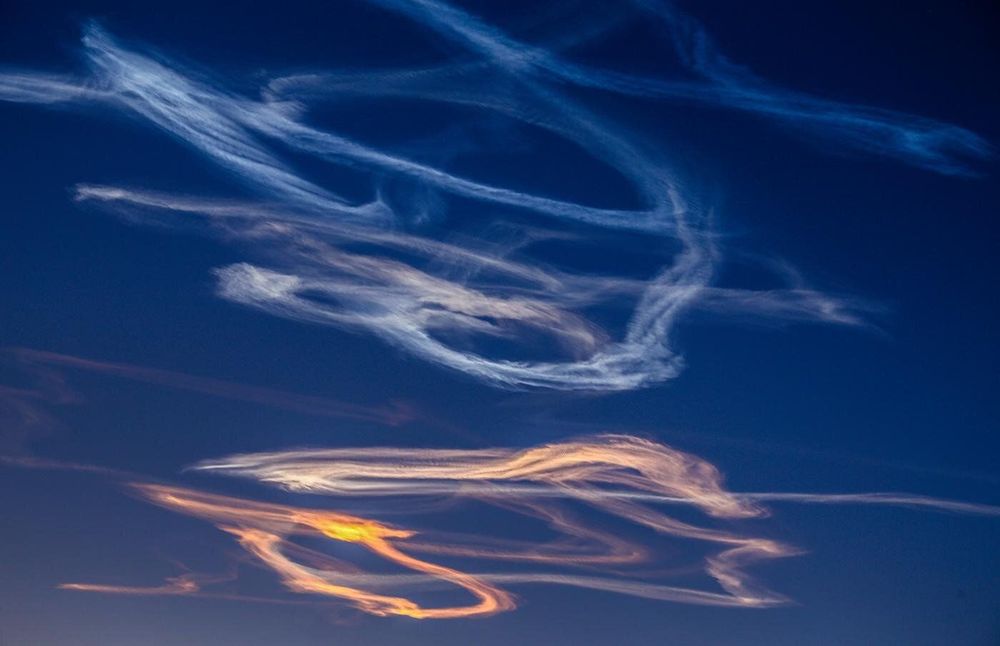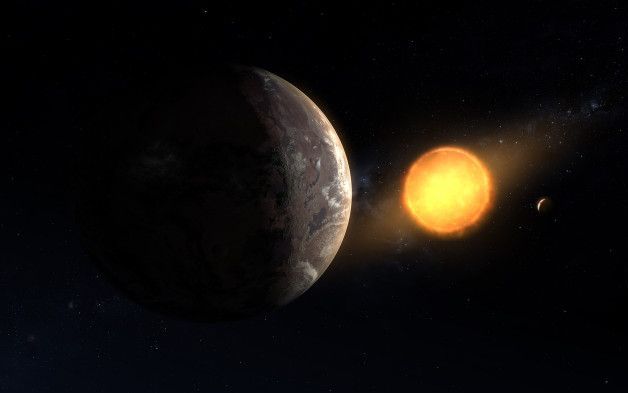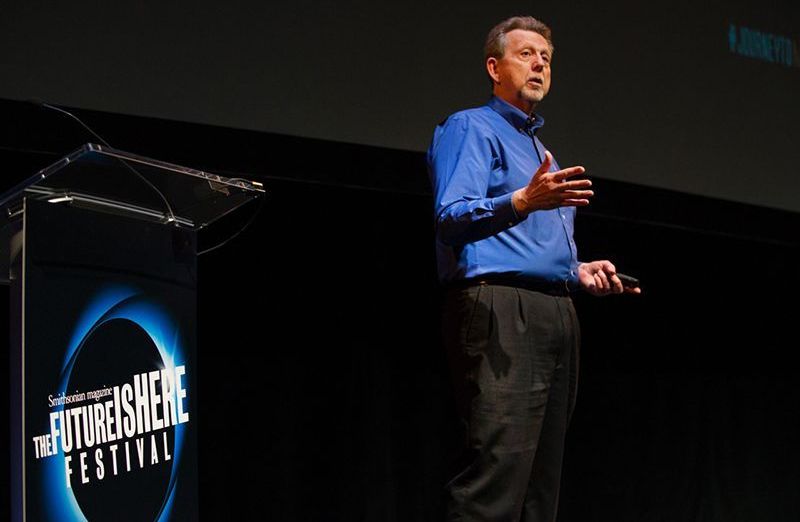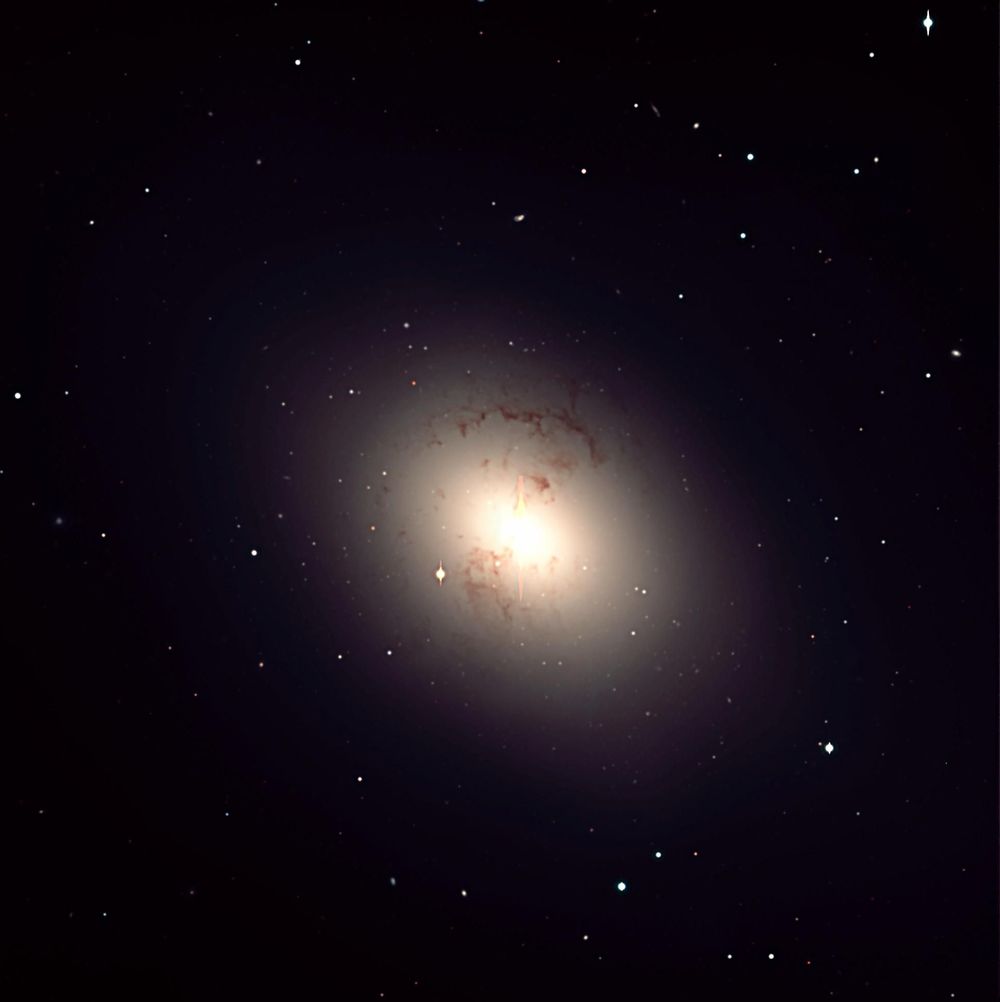Microbial life is likely fairly ubiquitous in the cosmos, new statistical models indicate. But extraterrestrial intelligence? Not so much.
Category: alien life – Page 108
Researchers use energy from a next-generation particle accelerator to probe microfossils inside ancient Earth rocks.
Will we ever live on Mars?
Since the dawn of the Space Age, the planet Mars has been the focus of two ambitious projects. One is the search for life forms native to the planet; the other is human colonization.
For decades, Mars colonization advocates have been promising potential settlers that the time for leaving Earth is nearing. In fact, in terms of producing the actual space hardware—the capability to transport large numbers of passengers into space and the engines and life support to ferry them safely to Mars—we’re not much closer to a Mars colony than we were in 1972, when the last Apollo lunar mission returned to Earth, so don’t sell your house on Earth just yet. On the other hand, we’ve had one mind-blowing discovery after another about Mars as a result of unmanned exploration conducted over the last decades by NASA.
The evidence that the planet is home to microscopic lifeforms—something akin to Earth’s bacteria—has been accumulating slowly, but consistently. While few astrobiologists are ready say that, yes, there’s life there, until we have a photo of microorganisms swimming in the microscope field, that moment is really approaching. And we’ll probably get to it long before the first astronaut boots cast their prints into the Martian surface dust.
Professor Sara Seager from the Massachusetts Institute of Technology (MIT) believes astronomers should broaden their horizons as they scan the cosmos for life.
She said: ‘Microbes can survive and grow in a 100 percent hydrogen atmosphere. We should expand the types of planets we consider worth searching.’
The award winning astrophysicist, 48, led research published today in Nature Astronomy which found E.coli and yeast survived and grew in pure hydrogen.
Cornell astronomers plot how to take spectra from extrasolar earths trapped in orbits around dying white dwarfs.
On Earth, there are organisms that resist radiation, heat, cold, and drying, even to the point of being able to live in the space vacuum.
Genetic biotechnology is usually discussed in the context of current and emerging applications here on Earth, and rightly so, since we still live exclusively in our planetary cradle. But as humanity looks outward, we ponder what kind of life we ought to take with us to support outposts and eventually colonies off the Earth.
While the International Space Station (ISS) and the various spacecraft that ferry astronauts on short bouts through space depend on consumables brought up from Earth to maintain life support, this approach will not be practical for extensive lunar missions, much less long term occupation of more distant sites. If we’re to build permanent bases, and eventually colonies, on the Moon, Mars, asteroids, moons of outer planets or in free space, we’ll need recycling life support systems. This means air, water, and food replenished through microorganisms and plants, and it’s not a new idea.
Space exploration enthusiasts have been talking about it for decades, and it’s the most obvious application of microorganisms and plants transplanted from Earth. What is new, however, is the prospect of a comprehensive use of synthetic biology for a wide range of off-Earth outpost and colonization applications.
The Dishchii’bikoh meteorite fall in the White Mountain Apache reservation in central Arizona has given scientists a big clue to finding out where so-called LL chondrites call home. They report their results in the April 14 issue of Meteoritics and Planetary Science.
“LL chondrites are fairly common meteorites with low-oxidized and low metallic (LL) iron content,” said Peter Jenniskens, the lead author and meteor astronomer with the SETI Institute and NASA Ames Research Center. “We want to know where they originated because the damaging Chelyabinsk airburst of February 15, 2013 in Russia, was caused by a particularly large 20-meter sized LL chondrite.”
LL chondrites originate from somewhere in the asteroid belt between Mars and Jupiter, where a parent body broke up and created a family of asteroids long ago. Occasional collisions with those family members eject rocks into orbit around the Sun. When these small asteroids collide with Earth’s atmosphere, they cause a bright meteor from which pieces survive sometimes and fall on the ground as meteorites.
Researchers have discovered a new Earth-sized planet orbiting a star outside our solar system. The planet, called Kepler-1649c, is only around 1.06 times larger than Earth, making it very similar to our own planet in terms of physical dimensions. It’s also quite close to its star, orbiting at a distance that means it gets around 75% of the light we do from the Sun.
The planet’s star is a red dwarf, which is more prone to the kind of flares that might make it difficult for life to have evolved on its rocky satellite’s surface, unlike here in our own neighborhood. It orbits so closely to its star, too, that one year is just 19.5 of our days — but the star puts out significantly less heat than the Sun, so that’s actually right in the proper region to allow for the presence of liquid water.
Kepler-1649c was found by scientists digging into existing observations gathered by the Kepler space telescope before its retirement from operational status in 2018. An algorithm that was developed to go through the troves of data collected by the telescope and identify potential planets for further study failed to properly ID this one, but researchers noticed it when reviewing the information.
Giant elliptical galaxies are not likely to be havens for technological life, argues new paper.
I recognized that the model used in the 2015 paper —- along with the known distributions and numbers of spiral and elliptical galaxies —- violated the Principle of Mediocrity, says Whitmire. That means if a technological species was selected at random anywhere in the local universe, the probability that it would reside in an elliptical galaxy would be 99 percent. Since we earthlings don’t find ourselves in an elliptical galaxy, Whitmire says this creates what he calls a statistical paradox.
My solution was to look for physical processes that would mitigate this inconsistency, says Whitmire. Current observations show that the ancestors of today’s large elliptical galaxies were once more compact, he says. This was the key, says Whitmire. This means that when these galaxies went through their early high-energy quasar and starburst phases, the radiation doses to young planets within these galaxies would have been lethal and permanent, he says.
But giant elliptical galaxies are prone to higher metallicities which means that they are also likely to form more gaseous planets, says Whitmire. Gaseous planets are not conducive to forming habitable planets around solar type stars, he says. That’s because they tend to migrate inward and gravitationally destabilize terrestrial type planets orbiting closer to their parent stars.









